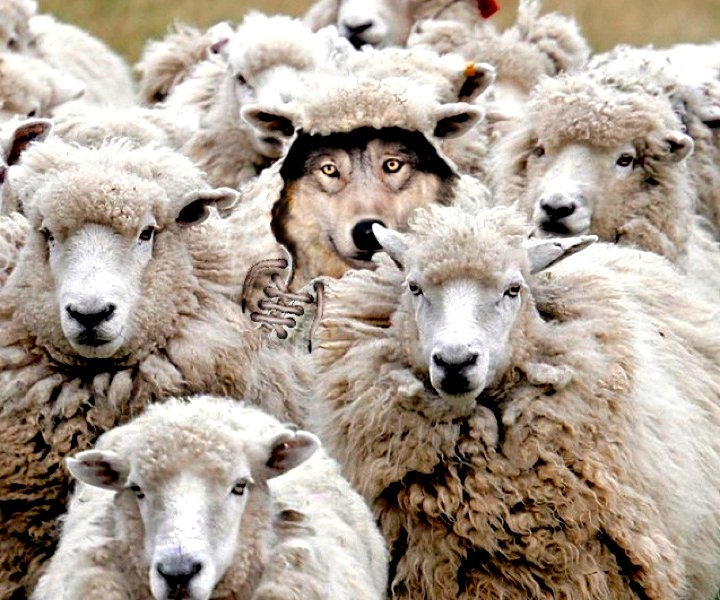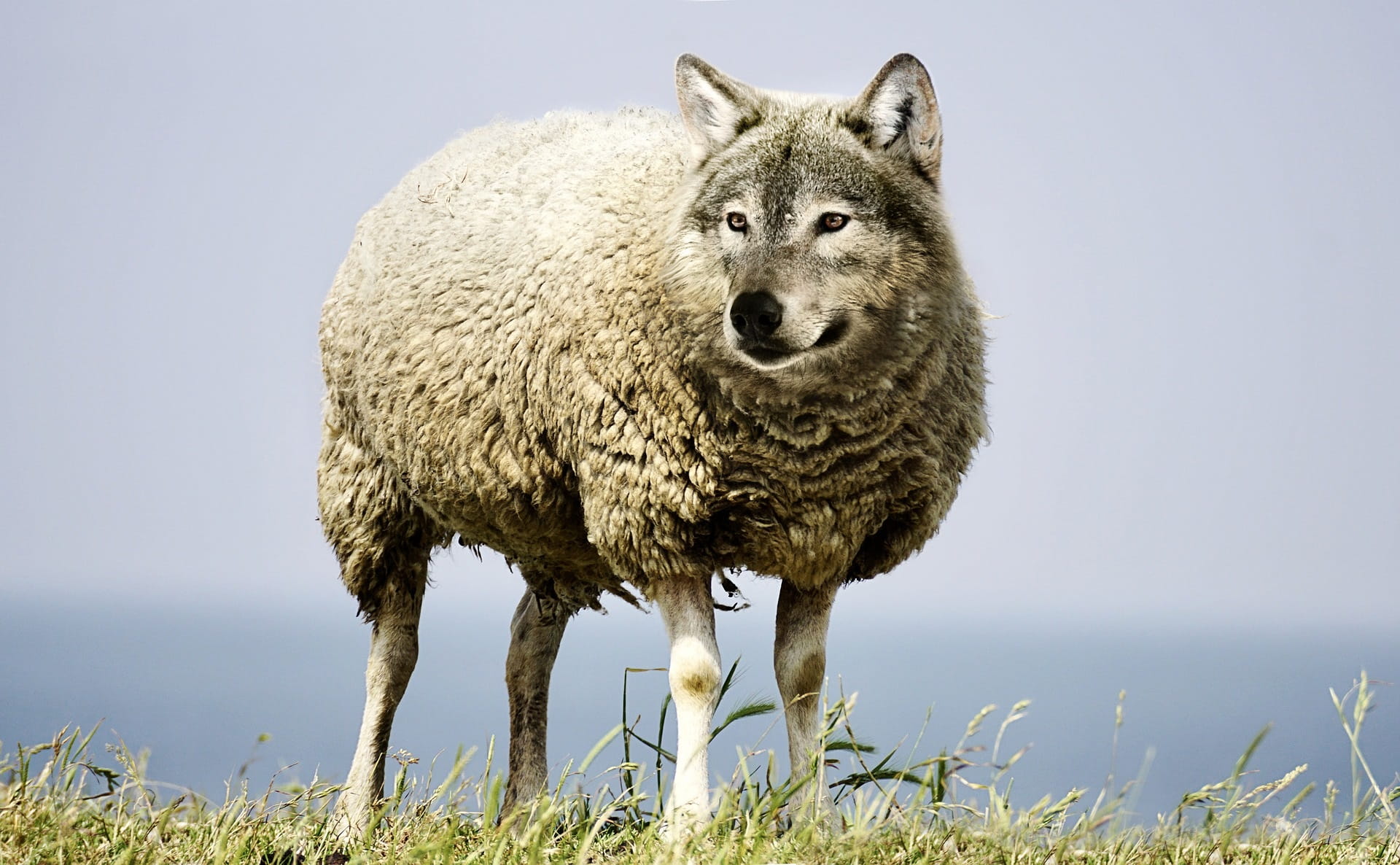
The Deceptive Disguise
Wolf in Sheep's Clothing is a commonly used idiom that refers to someone who appears gentle and harmless on the outside but is actually cunning and dangerous on the inside. This phrase originates from the fable of a wolf disguising itself as a sheep to deceive and prey upon unsuspecting victims.
In today's world, the concept of a wolf in sheep's clothing is not limited to fables; it has become a metaphor for individuals or organizations that pretend to be something they are not. This article explores the meaning behind this idiom and highlights real-life examples of such deceptive behavior.
The Manipulative Nature

A wolf in sheep's clothing often uses manipulation tactics to gain trust and exploit others. These individuals or organizations may employ charm, flattery, or sympathetic gestures to deceive their victims. They appear friendly and helpful, but their true intentions are far from genuine.
Manipulators use their disguises to exploit vulnerabilities, extract personal information, or gain control over others. They may prey on people's emotions, playing with their trust and creating situations that benefit them at the expense of others.
Recognizing the Signs

Identifying a wolf in sheep's clothing can be challenging, as they are skilled at concealing their true nature. However, there are some signs that can help us recognize their deceitful behavior.
One common indication is inconsistency in their actions and words. They may say one thing but do the opposite, leading to confusion and mistrust. Another red flag is their tendency to isolate their victims from friends and family, making it easier for them to exert control.
Furthermore, a wolf in sheep's clothing often exhibits a lack of empathy and remorse for their actions. They may manipulate others without feeling guilt or remorse, showing a disregard for the well-being of those they exploit.
Real-Life Examples

There have been numerous instances of wolves in sheep's clothing throughout history. One prominent example is that of a charismatic cult leader who appears compassionate and spiritual but uses his followers for personal gain.
Another example can be found in the business world, where companies may present themselves as socially responsible and environmentally friendly while engaging in unethical practices behind closed doors.
Politicians have also been known to wear the disguise of a sheep during campaigns, promising change and progress but failing to deliver once elected.
Protecting Yourself

Protecting yourself from a wolf in sheep's clothing requires awareness and vigilance. Trust your instincts and be cautious when someone or something appears too good to be true. Take the time to research and verify information before making decisions or forming relationships.
Building a support network of trustworthy friends and family members can also help safeguard against manipulation. By confiding in others and seeking their perspectives, it becomes easier to spot inconsistencies or potential dangers.
Conclusion
It is essential to remember that not everyone who appears friendly and harmless is genuinely so. The concept of a wolf in sheep's clothing serves as a reminder to be cautious and skeptical in our interactions with others. By recognizing the signs and protecting ourselves, we can navigate through life more safely and avoid falling victim to deception.